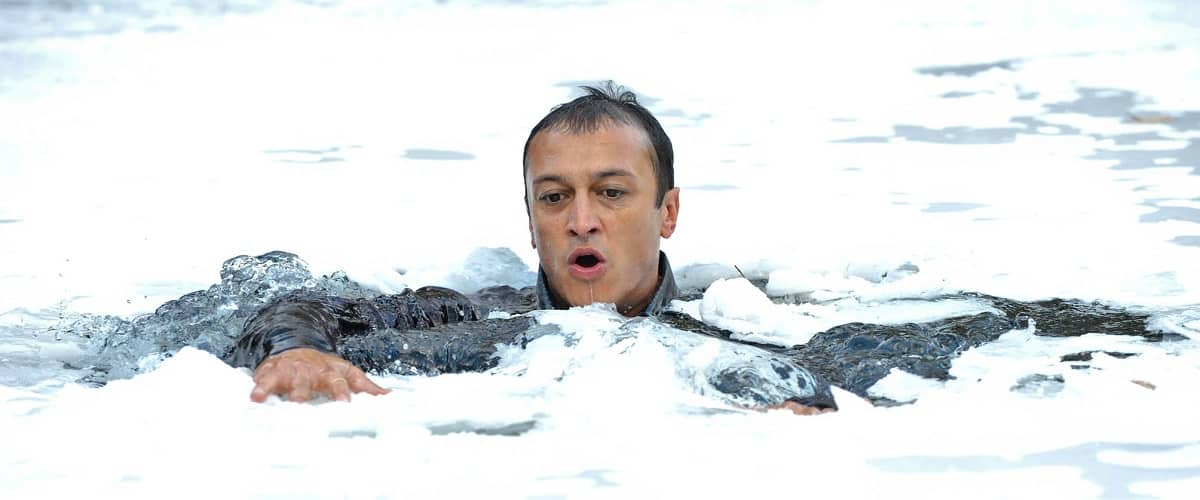In the winter, frozen bodies of water become commonplace. While crossing the solidified surface may seem like a good way to save time, it often results in an emergency situation: falling in. People tend to take risks; if you decide to be that person, here’s what to do about it.
Listen for a crack
This is the sound of ice breaking, obviously. be sure to listen to how the ice sounds so you can be prepared for submersion.
Cover your face
Your body will react to the shocking cold with hyperventilation. Gasping in ice cold water will do much greater harm than just being submerged in it.
Turn around
The ice you were just standing on was able to support you, odds are it still can. Whereas the ice in front of you might be just as fragile.
Anchor yourself
Flop your arms forward onto the ice. If you have ice claws, a trekking pole, or a pocket knife, stab it into the ice to secure a grip. If you only have your arms, try placing your forearms on the ice. The fabric might freeze against the ice, allowing you to secure a grip.
Flatten out and kick hard
Float your feet up and lay parallel to the ground, this makes it easier to pull yourself out of the water. Kick hard at first to hoist yourself forward and to break up the ice behind you if possible. Nudge yourself forward until you are entirely out of the water.
Don’t get up
When laying, your surface area is wider, which makes the ice less likely to break. Instead of standing, log roll yourself back the way you came, until you are on a safe and reliable surface.
One final tip: inlets and outlets for rivers/lakes are the most dangerous areas to try and cross. The ice is frequently thinner in these areas, and the water current can make crawling out difficult.
Swim safe, Preppers.

